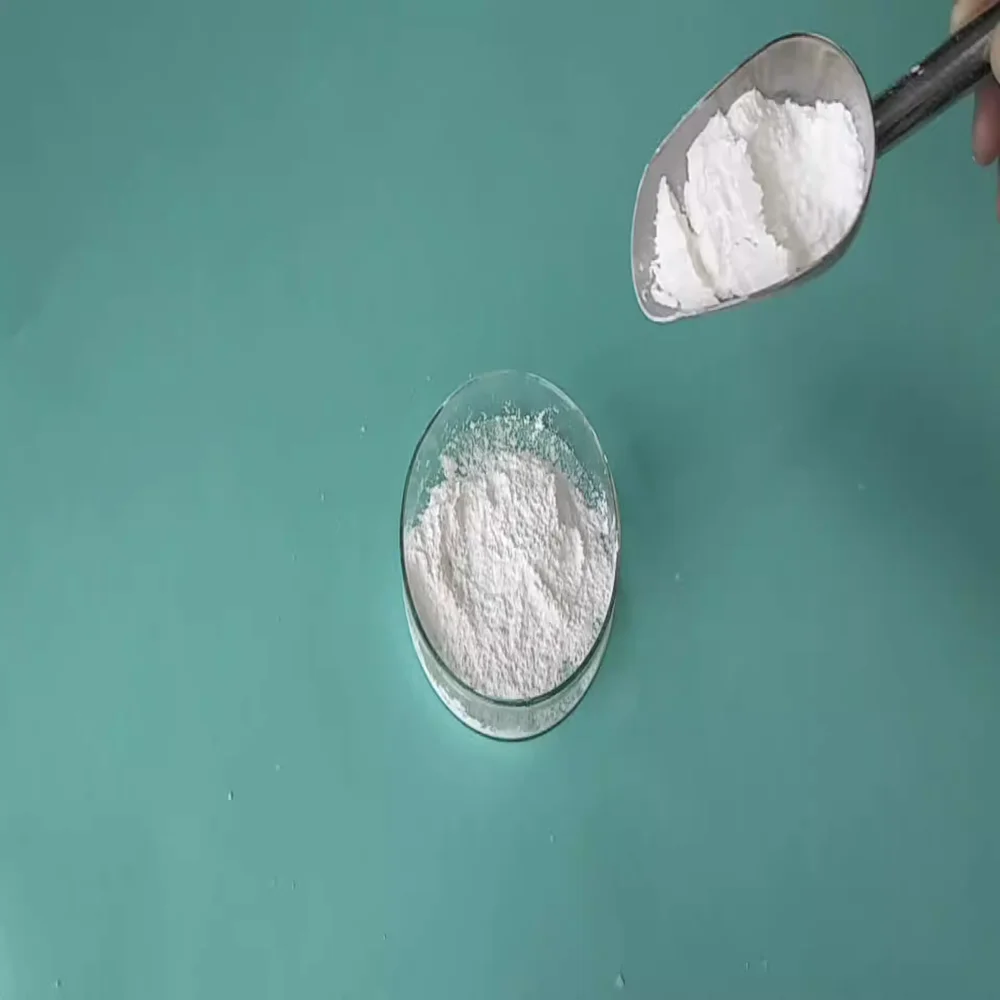Zinc stearate, a seemingly modest compound, has carved a niche for itself in the paint industry. Firstly, it’s worth understanding the origin of zinc stearate. It emerges as a soft, fine, white powder when stearic acid reacts with zinc oxide. This seemingly simple reaction yields a substance with remarkable characteristics. Its hydrophobic nature and gelling ability offer varied functionalities that make it an indispensable component in many formulations. Here, we will delve into the importance, applications, and benefits of zinc stearate in the paint sector.
Historical Context
Zinc stearate’s journey in the paint industry traces back to the early 20th century. Initially identified for its gelling capacities in certain solvents, it soon became evident that its scope was much broader. Over time, this compound found a variety of applications, cementing its position as a key additive in paints and coatings.The usage and application of zinc stearate in the paint industry encompass its hydrophobic nature, gelling ability, and its role as a dispersing agent for colorants, ensuring both consistency and vibrant finishes.

Importance of Zinc Stearate in Paints (Usage and Application of Zinc Stearate)
- Matting Agent:. One of the primary uses of zinc stearate in the paint industry is as a matting agent. It aids in achieving a desirable matte finish, thus providing an aesthetic quality to the paint. This matte effect is particularly sought after in areas such as home interiors, automotive finishes, and electronics.
- Gelling Agent:. Zinc stearate is known to cause a thickening effect in certain organic solvents. This property allows it to modify the viscosity of paint, facilitating better consistency and application.
- Dispersion Aid:. It assists in the dispersion of pigments, ensuring an even distribution and preventing sedimentation. This is crucial for maintaining the vibrancy and quality of the paint over time.
Benefits of Zinc Stearate in Paint Formulations (Usage and Application of Zinc Stearate)
- Improved Water Resistance:. Due to its hydrophobic nature, paints with zinc stearate show better resistance to water. This is especially useful in exterior paints, where longevity and resistance to the elements are essential.
- Enhanced Sandability:. Zinc stearate incorporated in primers and undercoats offers enhanced sanding properties. This results in a smoother finish, allowing for the seamless application of topcoats.
- Anti-caking Agent:. In the powdered form of paints, zinc stearate acts as an anti-caking agent, preventing the formation of lumps and ensuring a smooth mixture.
- Enhanced Adhesion:. Its presence can improve the adhesive nature of the paint, ensuring it sticks better to surfaces and provides a longer-lasting finish.
Environment and Safety
Zinc stearate, recognized as non-toxic and environmentally benign, offers a safer alternative in paints compared to some hazardous chemicals traditionally used in their formulations.
Recent Innovations
The continuous evolution of the paint industry demands consistent innovation. Recent research is focused on:
- Bio-based Zinc Stearate:. In light of the pressing need for sustainability, there are ongoing efforts to derive zinc stearate from renewable sources.
- Enhanced UV Resistance:. Research is ongoing to enhance the UV resistance of paints using zinc stearate, aiming for improved longevity and color retention.
Conclusion
Zinc stearate’s multifaceted functionalities make it an invaluable asset in the paint industry. Its ability to enhance paint properties, combined with its non-toxic nature, ensures it remains a favorite among paint manufacturers.
As the paint industry progresses towards more sustainable and high-performing solutions, the role of zinc stearate is likely to be further magnified. With innovations on the horizon, this unassuming white powder will continue to shape the future of paints and coatings.

